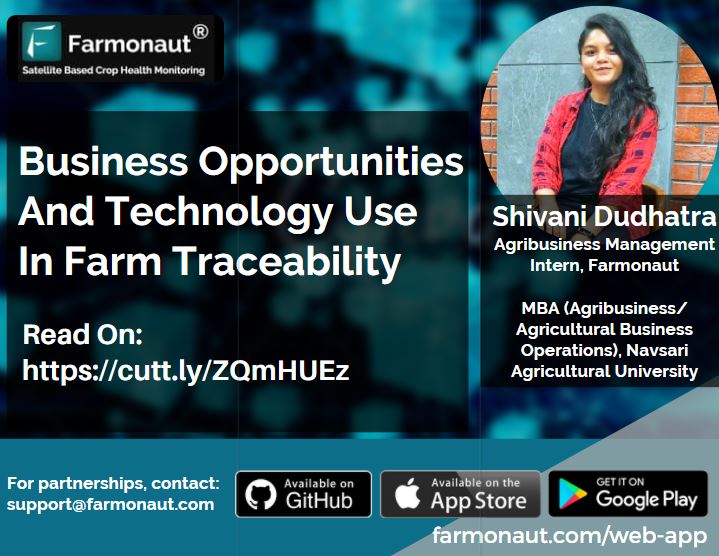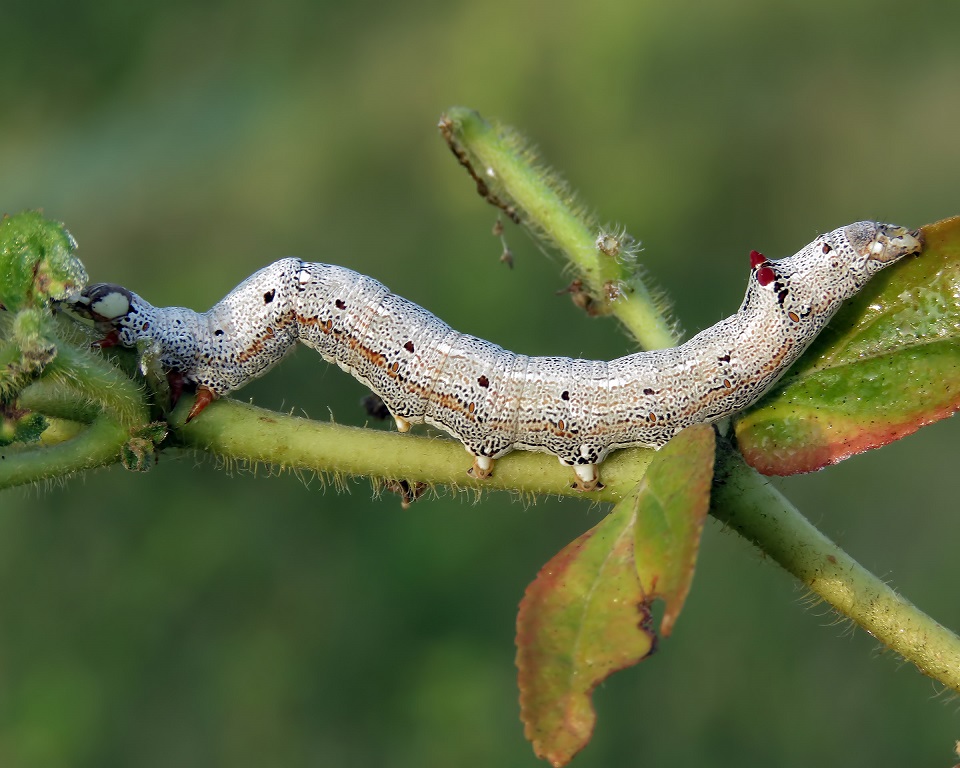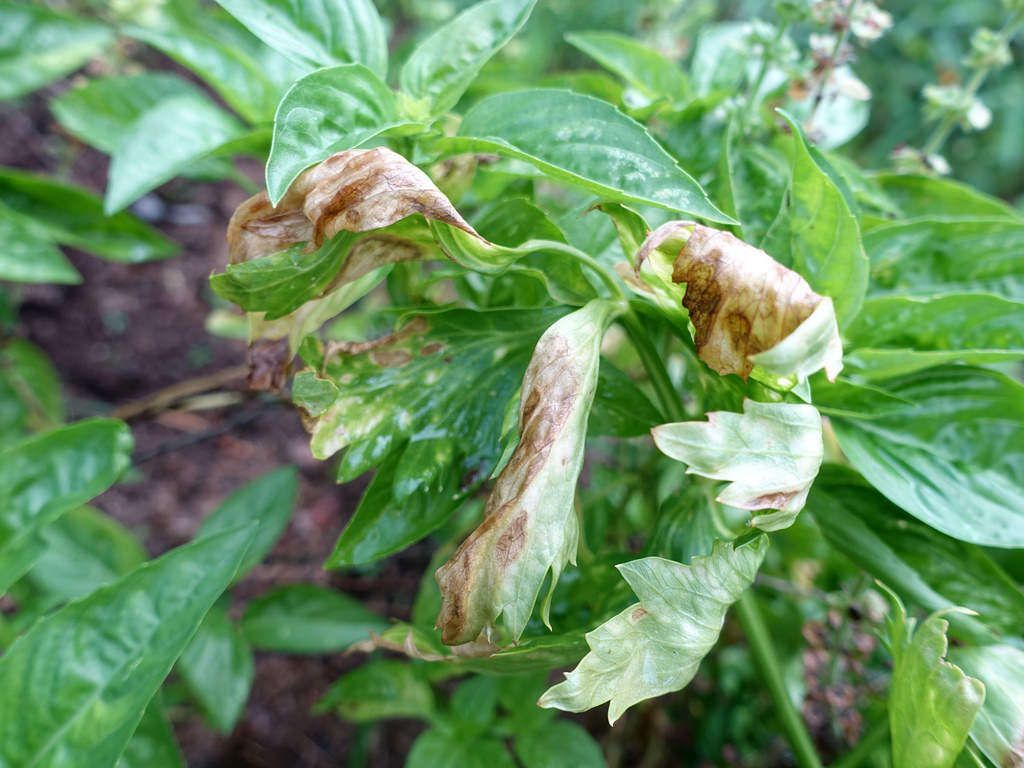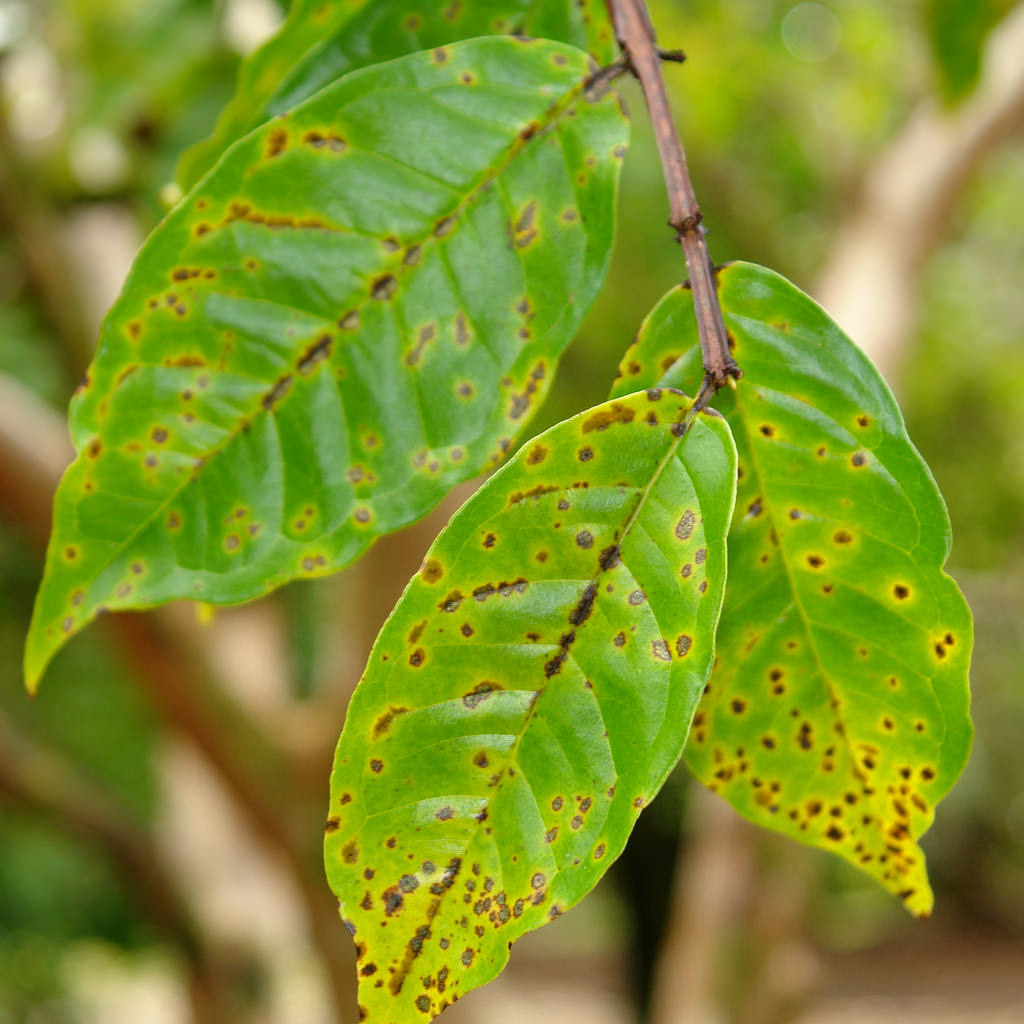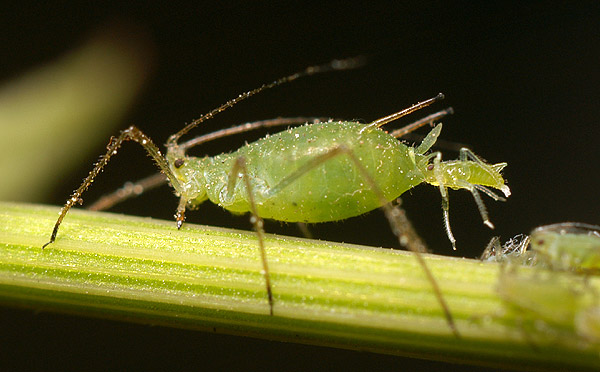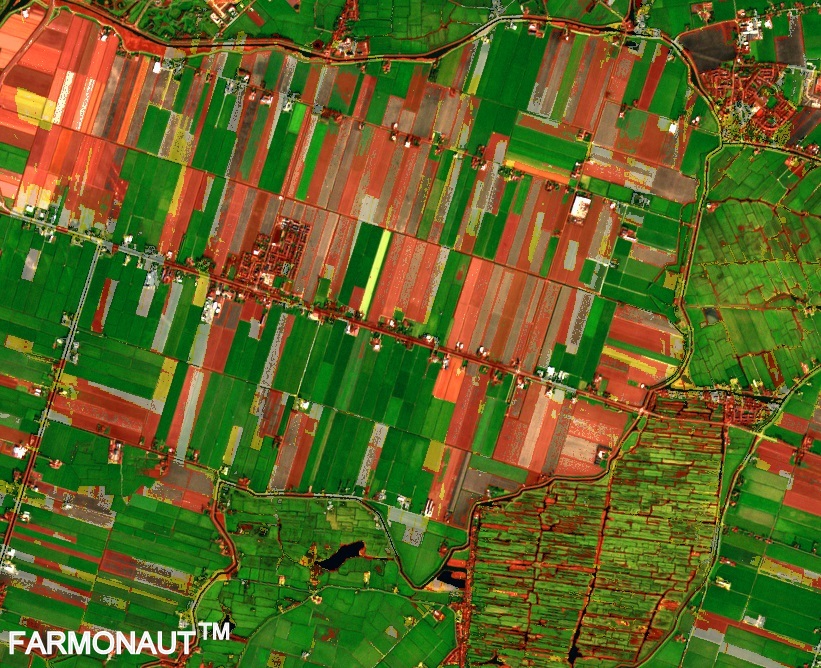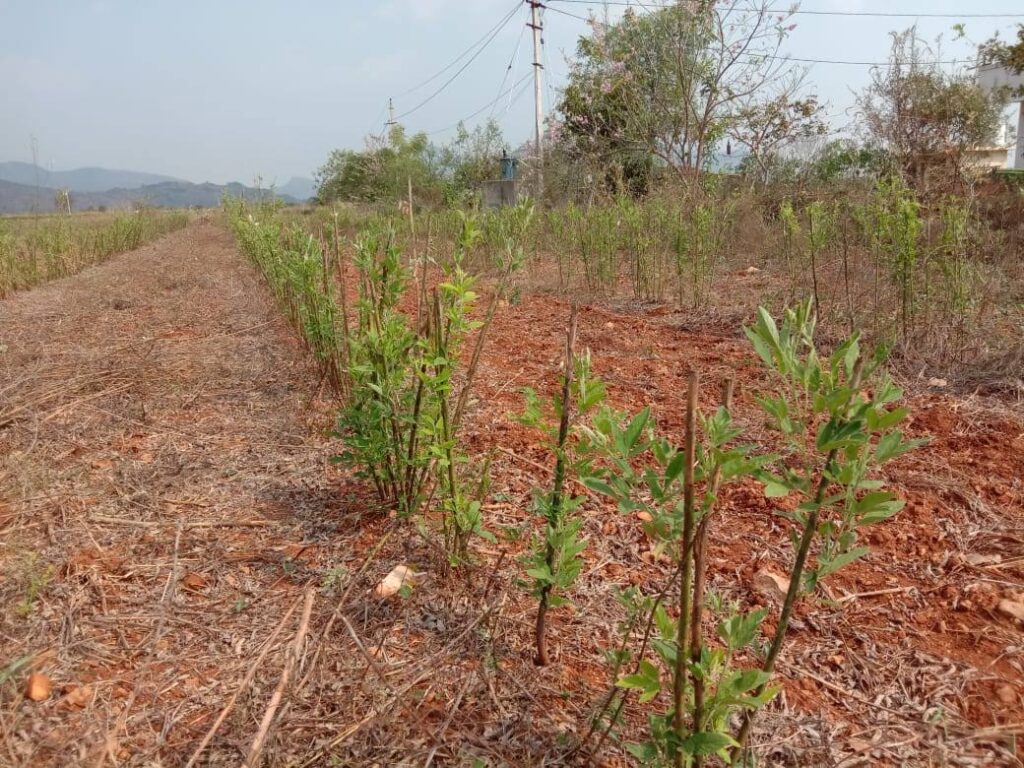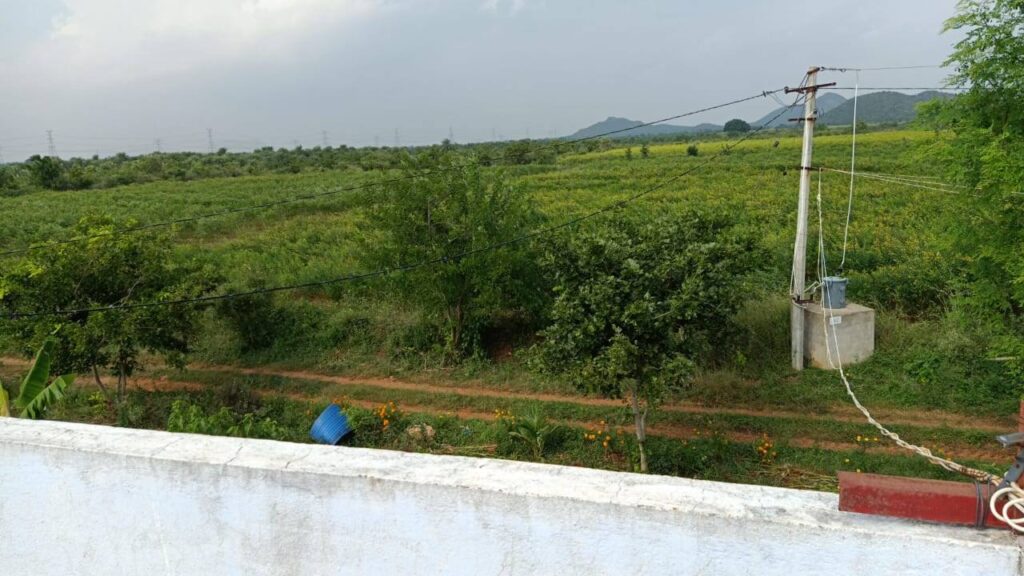Summary:
Traceability is the new trend in market for various businesses. Agriculture being one of them is finding ways to use this technology in effective and efficient way possible. Customer buying any products expect to get safety and basic security of the product. Similarly, farmers expect to get high prices of the produce.
The study entitled “Business Opportunities And Technology Use In Farm Traceability” will guide you through what traceability is all about and how it can transform agriculture. Apart from being trace, businesses do require transparency at different stages of production, processing and distribution of any products.
Technologies getting better arises opportunities in business sector. Traceability also can be done with different technologies, blockchain being the most widely used has been discussed in this report.
Apart from blockchain other technologies and business opportunities of farm traceability are giving importance to steps taking place between farm to fork. Keeping this in mind, all the aspects and necessary information on Farm Traceability are elaborated.
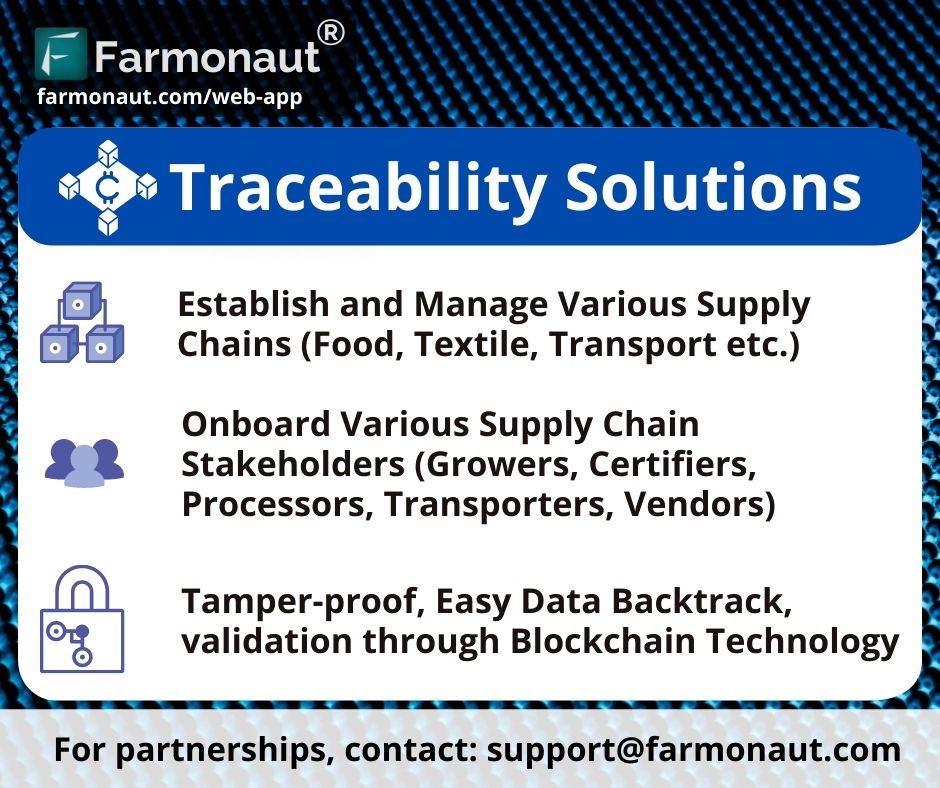
Introduction: Farm Traceability
Traceability can be said as the follow up on the movement of activities taking place. In case of any product, the ability to follow up on the movement of food through the stages of production, processing and distribution. Tracing plays an important role in helping businesses in the competitive era of domestic as well as globally. Today’s agribusiness and food have utmost importance of accurate and timely traceability of products and activities. Customers do expect to know about the product at every step to make sure if they meet the requirements and expectations. Traceability is the only tool by which expectations of buyers could be meet.
Farm traceability can be said as a system in which fruits, vegetables or any food product can be traced from the field to the buyer by unique code.
The unique code used can be any combination of numbers, letters and colour. The code assigned should have certain facts attached with it. The codes can also be in the form of barcode.
Objectives:
- To analyse importance of blockchain in farm traceability
- To know other technologies used for farm traceability
- To study business opportunities in farm traceability
#1 To analyse importance of blockchain in farm traceability
Blockchain system is set of linked chain that is responsible for storing auditable data in blocks/units. Blockchain is also called as internet of value because it is safer to store and transact value from one system to another. Blockchain can be easily understood as similar to Google spreadsheet that accepts contribution of multiple author due to locking mechanism.
In agriculture the blockchain technology can be used in may different ways in order to benefit farmers and consumers. Contributing all the benefits under 3 categories, blockchain can be used in following ways:
1) Crop and Food production
Blockchain when coupled with IoT can help farmers in sustainable farm practices and help optimize the farm resources like water, labour and fertilizers. The below flow chart could give you better understanding how the blockchain emerge with IOT could work.
a. Data collection: The data collected in agriculture are important for farmers to increase quality, productivity and yield of the crop. Data can be of different kinds and can be collected any number of times. Dividing the valuable data that would be required can be categorised as follows:

b. Data processing: Having data and utilizing them in correct way is important. Understanding the data is only possible if it is in correct format or structured manner. Hence, the data must be structured according to the relevant things like timestamp, demography or type. The process data can be used in Crop quality recommendations, Crop demand prediction, Crop identification, Crop yield Prediction, etc.
c. Saving data in blockchain: The data is then to be stored in blockchain which can be distributed across every stage of the network. Since the information will be available to all agriculture market related people, it will be easier to maintain efficiency in crop and food production.
2) Food Supply chain management
The food produce is traced from the beginning of cultivation stages till it reaches the end consumer. In food industry the blockchain is used to monitor the supply chain management. Its benefit is that it is open source and allows others to add their views.
Produce being sent to the consumer after passing at various stages need safety in the quality. The supply chain can be of different duration from 1 day to 1 month and even more than that in case of usage of road transport or export purposes. To ensure that edible supplies reach the consumer with safe to eat quality is prime duty of companies. Hence, blockchain having multiple usage can be used in supply chain to ensure the safety of food or produce. Following shows how it can be used:
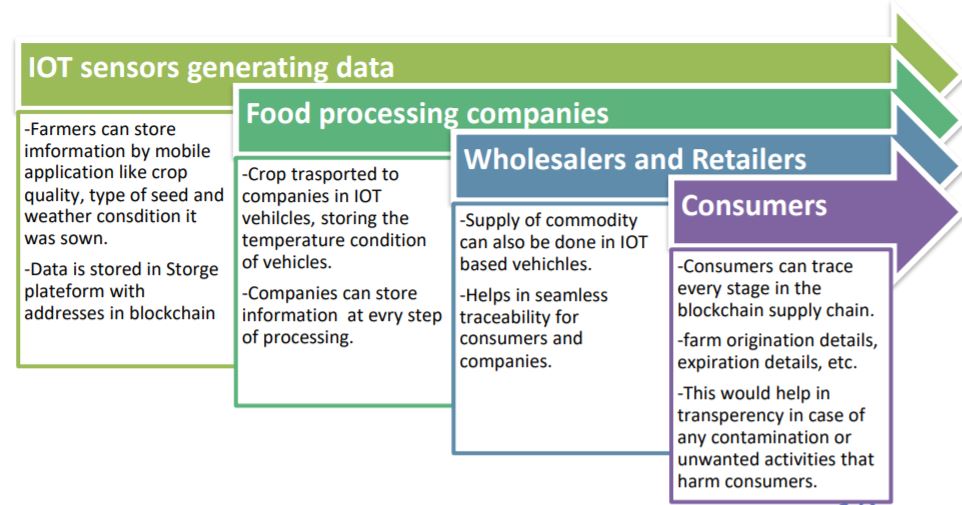
3) Controlling weather crisis
Farmers usually faces the problem of unpredictable weather conditions for the different crops. For survival of crop weather conditions monitoring and predicting are essential. It would be a game changer if, farmers could know at what conditions their crop went wrong. To gain the transparency and traceability in such blockchain has ability to do.
- Blockchain receiving essential information from agricultural weather stations. Air temperature, Soil temperature at different heights, Wind speed, Rainfall, Relative humidity, Wind direction, Atmospheric pressure, Solar radiation and Leaf wetness are few parameters that must be measured, recorded and saved in blockchain. The information must be accessed by farmers transparently.
- Farmers take preventive measures: The data generated by weather station and saved by blockchain would help farmers to analyse. Which would helpful further in decision making related to farming. For example, If the soil temperature is known, farmers can maintain the temperature by irrigation and similarly could predict rainfall that would be helpful to get prepare for coming rainfall.
#2 To know other technologies used for farm traceability
1) Biosensors
Biosensors are analytical device that converts biological reaction in to electrical signals. It creates discrete or continuous electronic signals which are proportional to as single analyte or related group of analytes. The main feature of biosensors are stability, cost, sensitivity and reproducibility.
Agriculture today includes production of crops and livestock producing different products which are part of daily lives. Some natural threats like pests and diseases causes loss in profits of farmers. To increase profits, decrease in such natural threats is necessary. Biosensors can hence play an important role in rapid and specific detection.
In the agri-food industry, biosensors have been useful to assess the freshness of raw materials such as meat, fish, fruits and vegetables. In these cases, biosensors detect compounds that provide abnormal flavours and aromas, indicating microbial growth and food safety problems. Pesticides, fertilizers, and heavy metals can be quickly detected in small quantities with biosensors.
2)RFID (Radio Frequency Identification)
RFID technology identifies object by radio frequency without coming in contact. These are really small computer chips that will allow consumers to track individual products. It can also be called as “Tagging technology”. It is applied in many industries nowadays including Traffic supervising, security supervising and more. Tracing of farm can be lot easier with RFID technology that consist of farm monitoring system and also livestock monitoring using wireless sensor networks. This method can be easy to carry out for farmers to protect their crops. RFID provides:
- Field data capturing o Entrances and Camera Control
- Management of Pre-Calibrated goods o Warehouse management
- Traceability Forward and Backward
Advantages of RFID:
- Tags can be used in order to store data such as temperature, moisture, weight, date of harvest, field of harvest, etc.
- Can work without any contact
- Data collection is also possible in greenhouses. Measure and record growth time, moisture content, equipment management and even personnel management.
Limitations of RFID:
- It also studies plant pathologies such as viruses or phytoplasma monitoring – Encryption of data is expensive.
- Cost of RFID is higher than other alternatives.
#3 To study business opportunities in farm traceability
Traceability is not an option anymore for the businesses emerging in agriculture. For being the best business in market have to get updated regarding the customer desires and wants. Technologies emerging should be used by the businesses to gain more profits and customer satisfaction. Traceability is used in many sectors in order to keep customer updated about the products they wish to buy. There are many companies and apps that provides traceability feature.
Agriculture being the source of livelihood must be taken special care. Usage of traceability in agriculture sector could help farmers, middleman as well as customers. Due to the pandemic crisis people are understanding the value of agriculture and its produce. Agriculture start-ups and businesses are boosting in India nowadays. With rise in start-ups are many business opportunities that are arising with farm traceability.
1. Customer Satisfaction
People today look for security in each and every little thing they buy. Safety being the customers priority firms must also take safety as their priority. For a business to run in long-run, customer retention is the key which mainly comes from customer satisfaction and stand up on their expectations. Traceability is the thing which provides customer every data which they wish to know even after usage of the product. Traceability is the only way businesses can gain maximum customer and retain them.
For example, if a person gets food product of particular brand which provides them to access even the farm where it was grown, definitely customers would prefer it over any other brand who just gives labelling for the same price.
2. Optimise and manage supply chain
Getting the supply chain transparent could help the businesses in cost reduction and effective management of the distribution. Tracing the distribution vehicles and all other steps involved could be great for agribusiness to grow.
3. Easy market access
Due to high risk in transport various countries denies to accept product or experience huge risk in getting better quality. Getting traceability feature businesses could ensure the quality and customers could trace the quality at different stages too. The problems arises when consumers demand distinct qualities like Location, organic nature, etc. which could be possible by traceability. Most countries are readily opting for organic produce which needs assurance on safety. Hence, traceability gives more vast market to deal with.
4. Risk monitoring
Enabling agribusinesses to implement such technology can help them to avoid:
- risk of quality issues
- contamination
- disease outbreak in products
- Stock wastage
5. Better Price
Farmers growing the crop aren’t getting right prices for the produce due to unpredictable weather conditions or not knowing preventive measures. Through traceability knowing of weather conditions is possible which encourages farmers to take measures in order to prevent crop from damage. Also, farmers can store information on at what conditions were crop spoil and based on that can prevent such circumstances. This would result in better quality and ultimately in getting better price to the farmers.
6. Inventory management
Agri-commodities are perishable in nature. Hence, storing them for longer period of time causes quality deterioration or spoilage. This causes agribusinesses in losses. By adopting traceability for farm to fork agribusiness can easily manage inventory stocks and get updates on quality issues as well.



